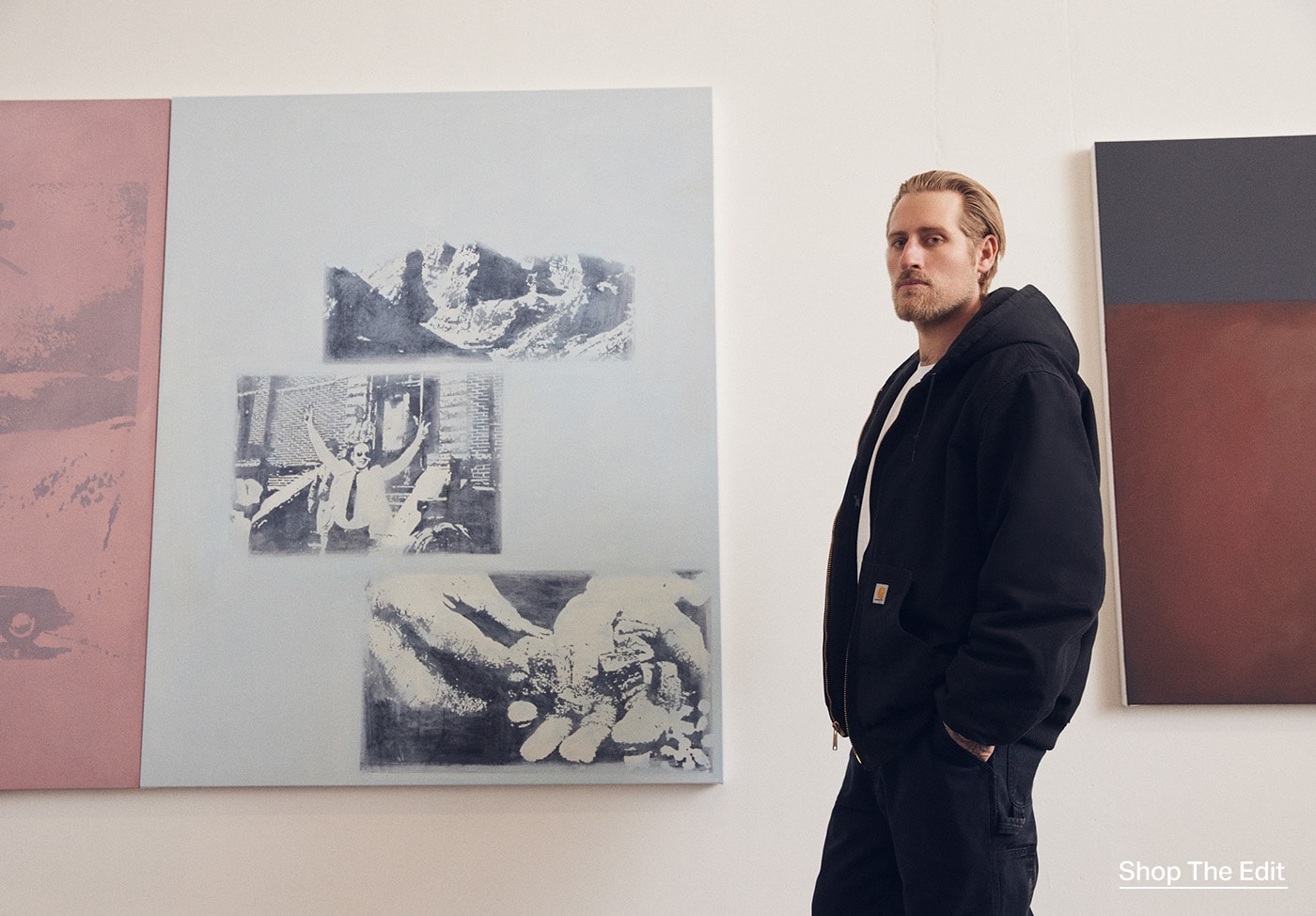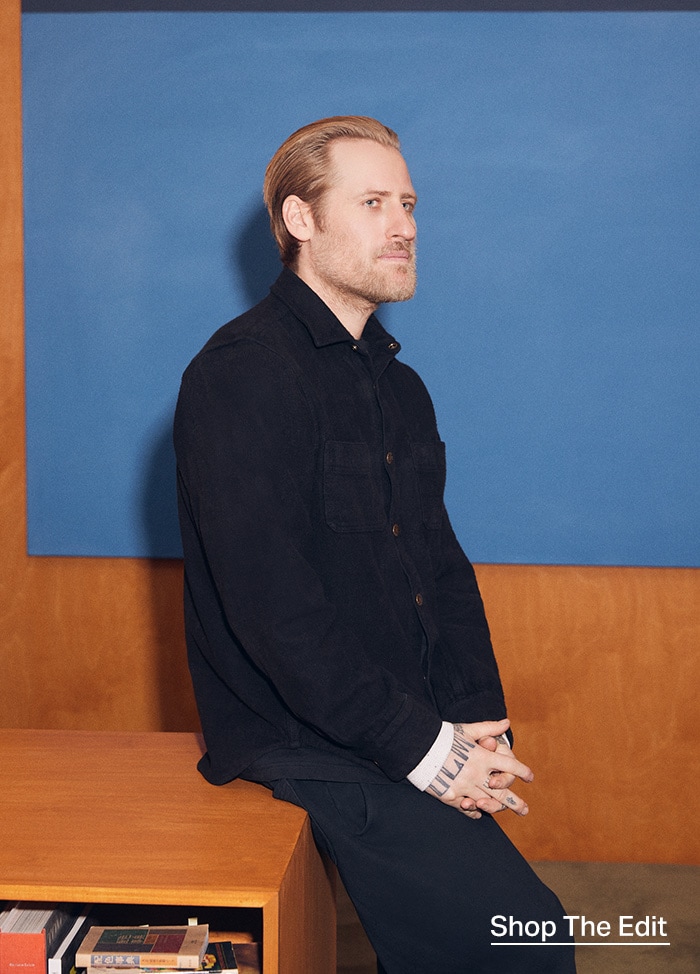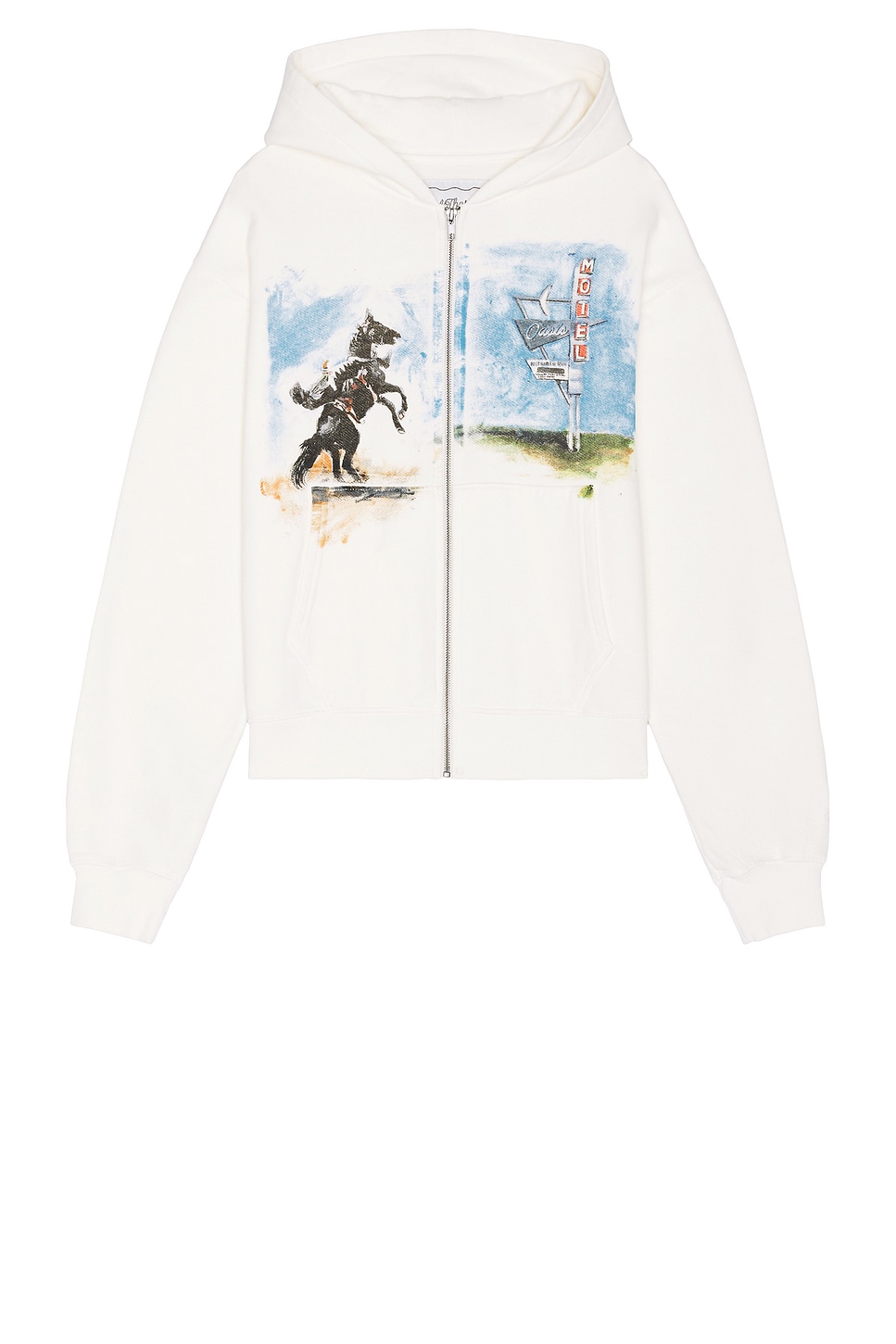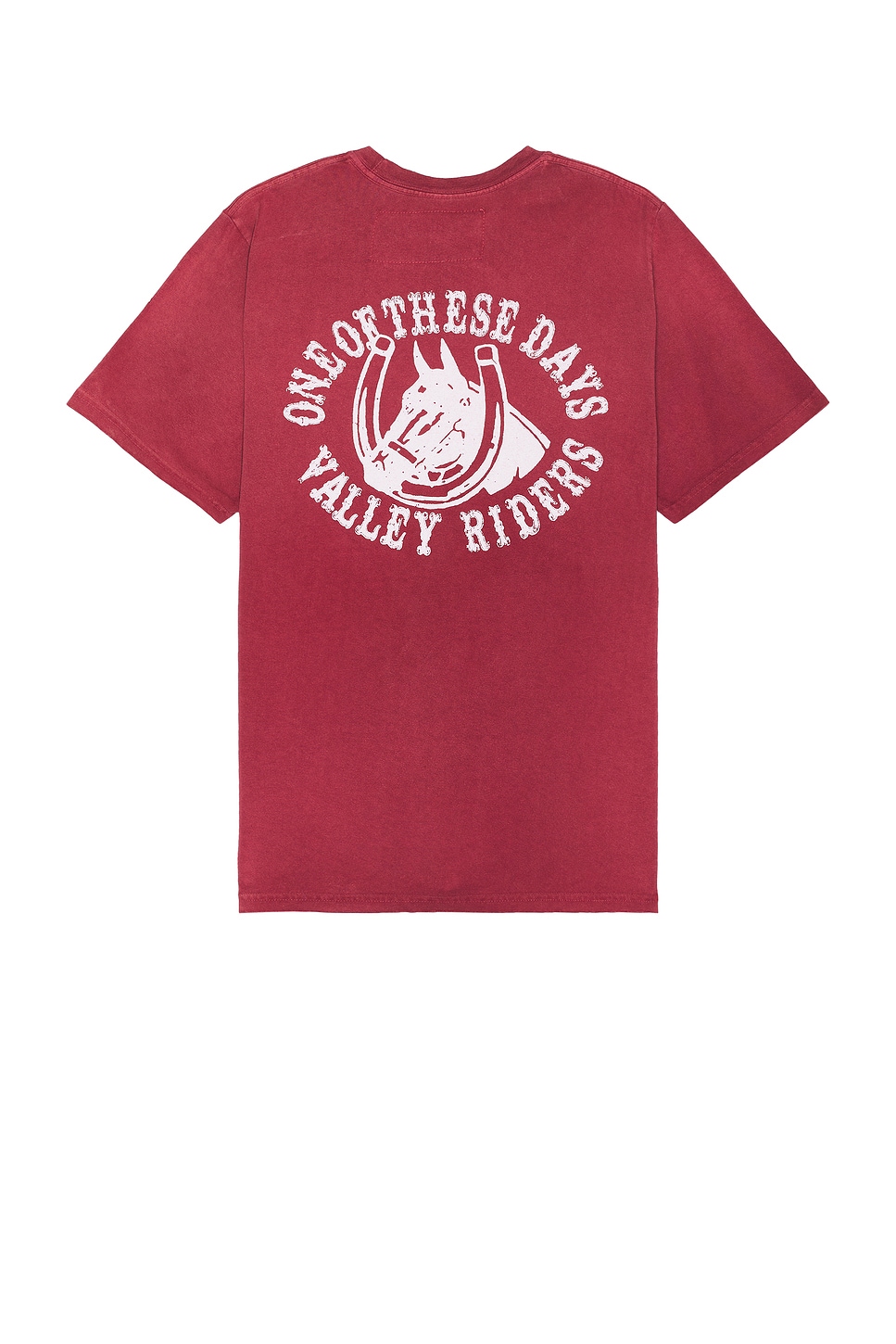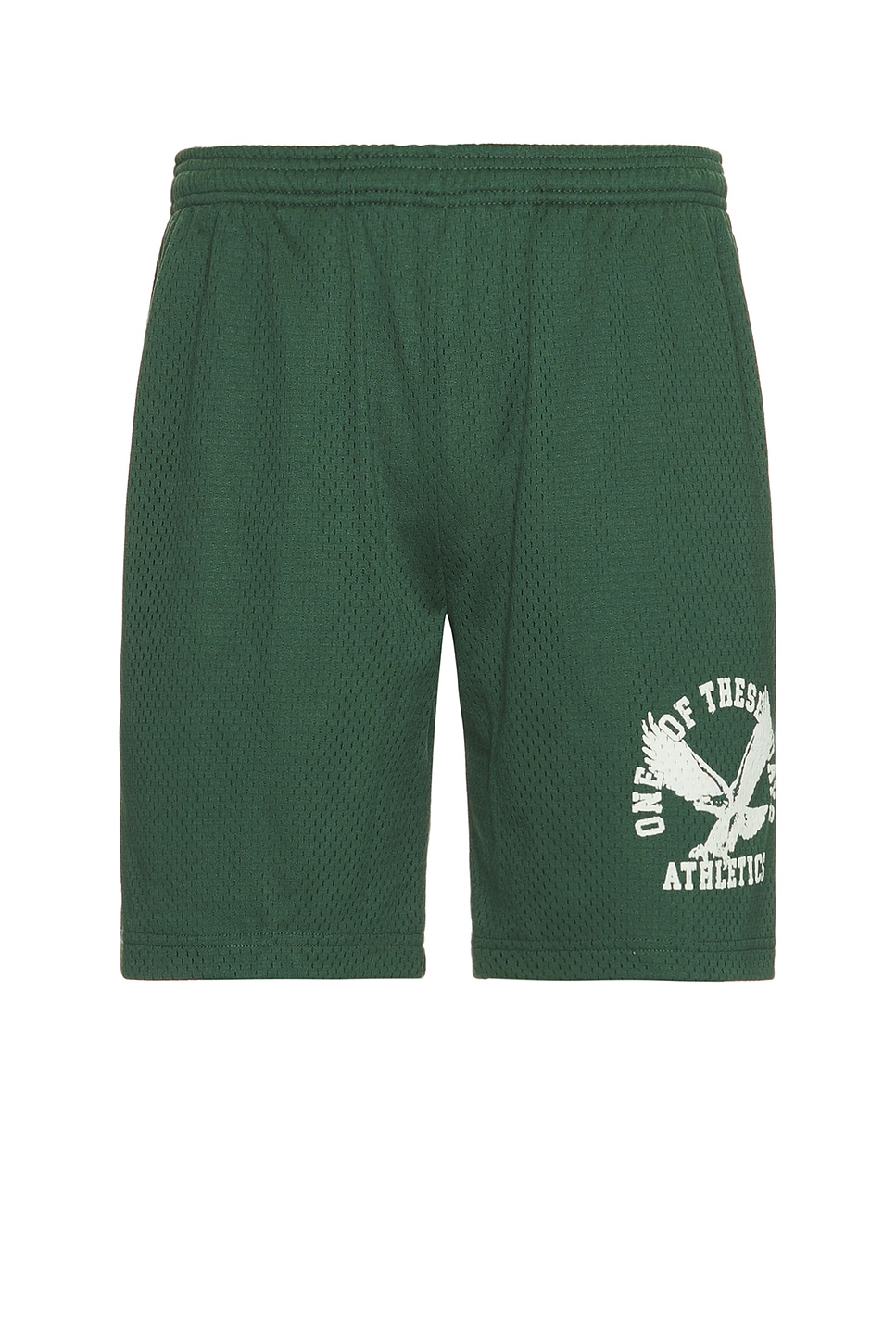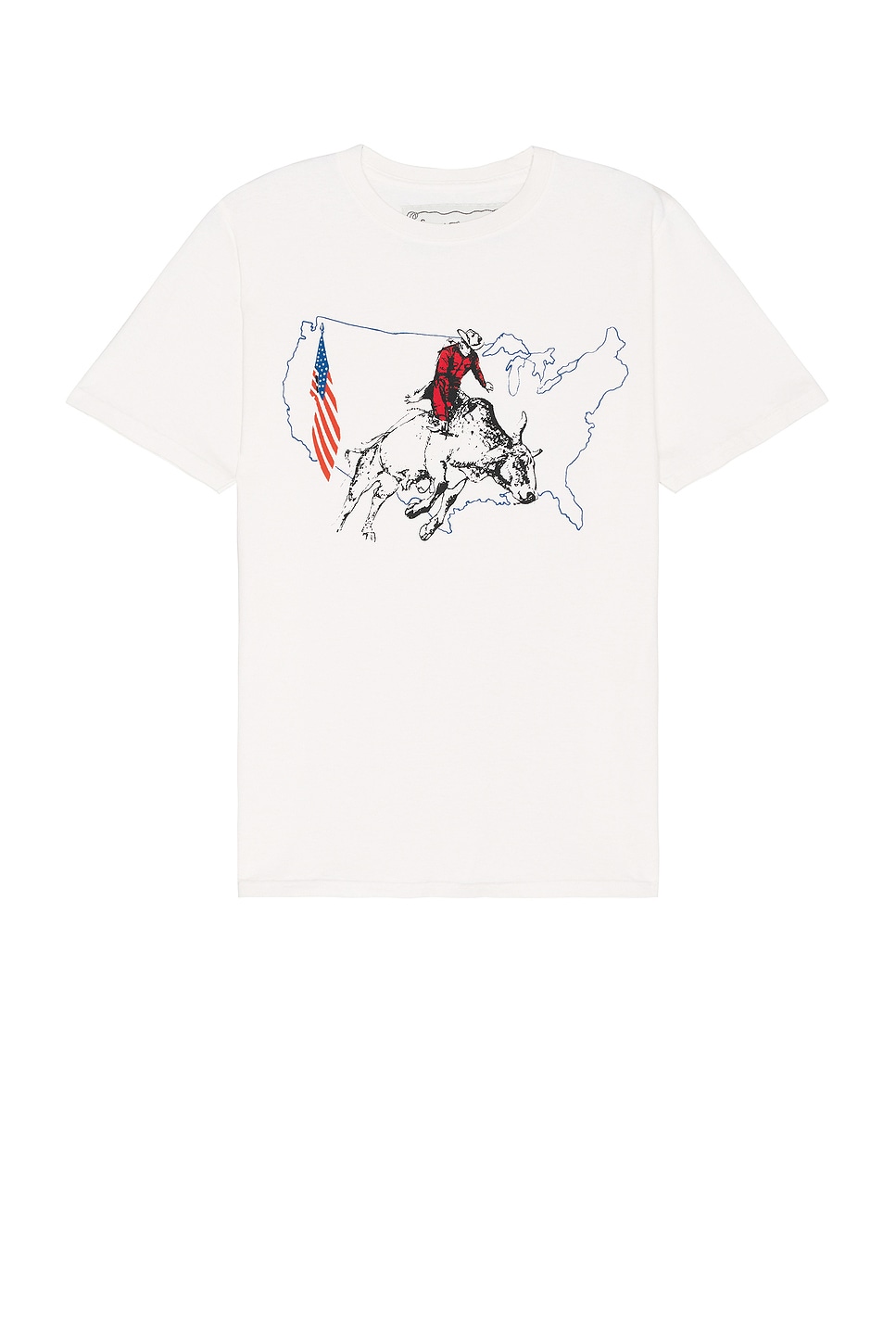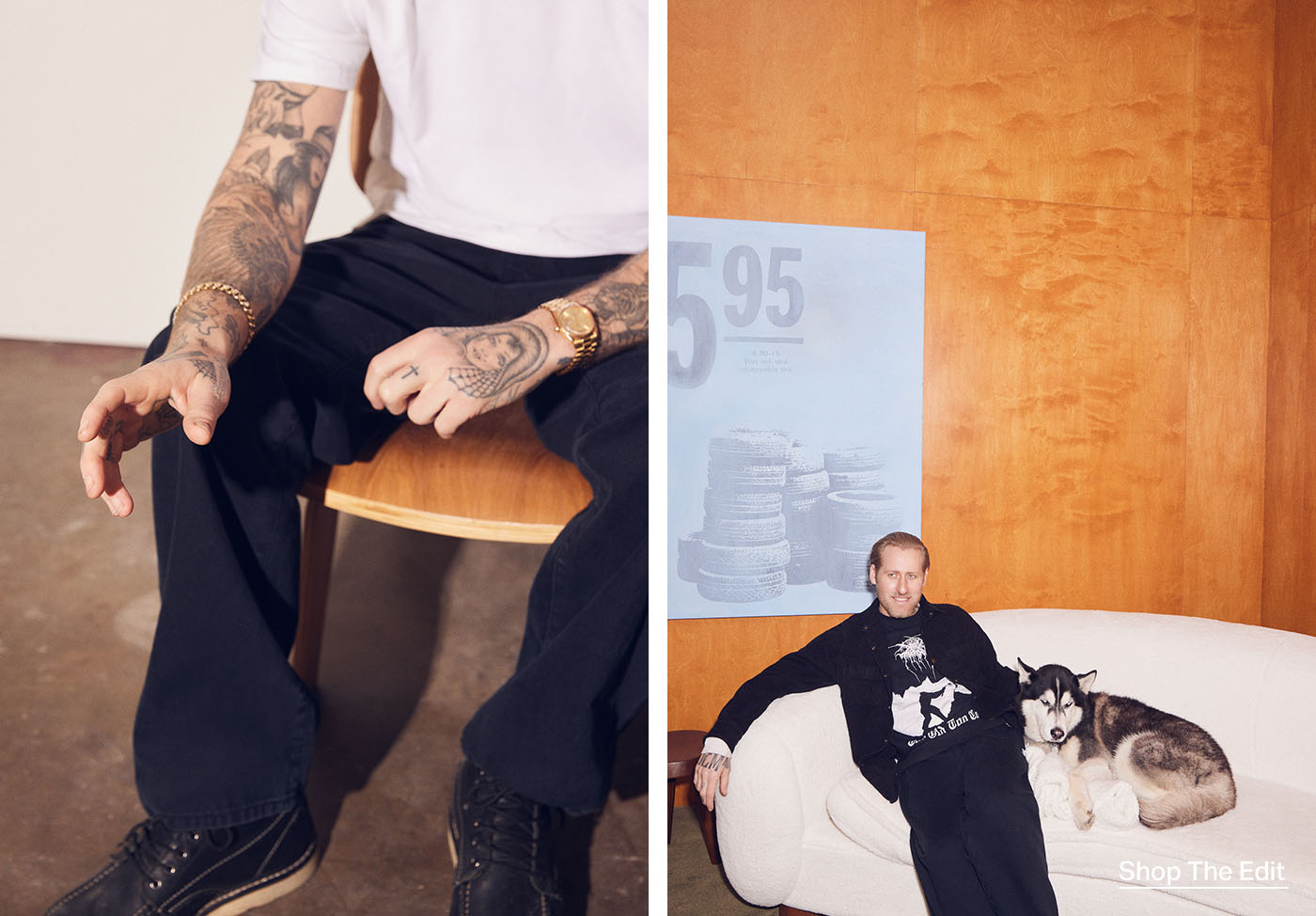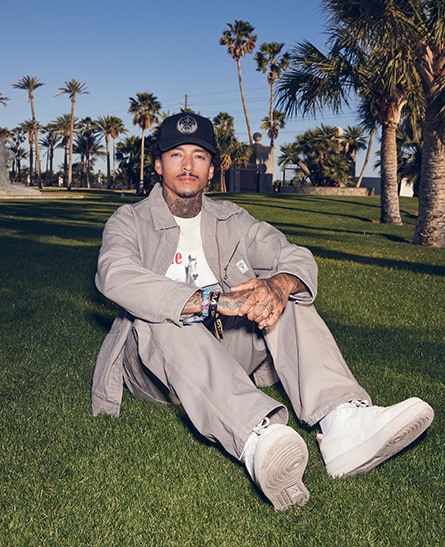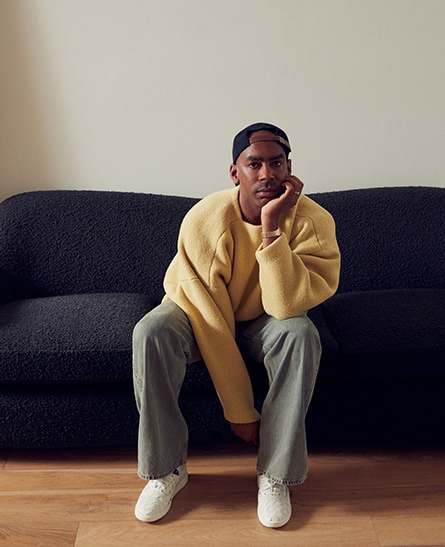The Many Artforms of Matt McCormick
A conversation with the multimedia artist on inspiration, influence and his brand, One of These Days
In the world of contemporary art, few artists capture the essence of nostalgia, pop culture and American identity quite like Matt McCormick. Initially a touring tattoo artist who worked with the likes of Tyler the Creator and Mack Miller, Matt shifted to fine art after getting sober and growing weary of life on the road. A refreshing mix of familiar iconography framed in a modern context has quickly propelled him into the status of a celebrated West Coast fine artist who is still intimately connected with the culture, as shown by the likes of Bad Bunny tapping him to create the cover art of his 2023 record Nadie Sabe Lo Que Va a Pasar Mañana. With his latest venture, One of These Days, Matt is setting his sights on a new medium, clothing. Capturing the same themes of timelessness and iconography as his art, yet doing so in a way that has its own visual identity and tells a unique story, Matt is once again imposing his discerning vision onto a new medium. We sat down with Matt and talked about inspiration, influences and what’s next for One of These Days.
"The visual language that is encapsulated within “American Iconography” and the general day-to-day experience of the American Identity expands far beyond its borders."
How did you come to be an artist and what are some of your earliest inspirations?
I grew up with two artist parents, a painter father and a photographer mother, so the idea of a life in the arts was pretty normalized and conceivable early on. That being said the path to actually turning it into a career was a bit more of a journey. A lot of inspiration in the beginning came from the punk music scene that I got involved with at an early age and the surrounding subculture. There is an endless goldmine of imagery and ideas, not to mention the classic DIY mentality that is so ingrained in the fabric of that community. One painting in particular that has always stood out was The Peasants Wedding by Pieter Bruegel The Elder which my dad made a copy of and gifted to my grandmother. It hung in her house which I spent a lot of time in, for some reason that has always stood out as this first interaction with something bigger than me in the arts.
Where did the concept for One of These Days come from? What influences or lack there of/within fashion and art inspire the product?
Making your own clothes was another part of that same punk subculture, but probably even more instrumental in that journey was this idea of expression through personal style. There was a lot of collecting band tees and shopping for used clothing on Haight St. to build that personalized look. This idea that clothing could be another layer of communication and a way to further whatever identity you wanted to project onto the world was instrumental in the evolution of what One of These Days has developed into. As I’ve gotten older, the elements of fashion that have stuck with me are the elements that have stuck in general. Classic timeless staples that never go out of style. So when creating OTD, the main intention is to build timeless garments and pieces that are able to still carry the soul and identity of the subcultures that my love for personal style came from.
What is your creative process and how, if at all, does your approach change between your art and One of These Days?
It’s evolved a lot over the years; in the beginning, it was essentially just merch for my art, a more accessible access point for people to engage with my art, but I never really wanted a merch company and the early attraction to personal style and how you could say something with clothing mashed with having a pretty good understanding of how to make clothing and a network in the “fashion” world lead me to throw my hat into the ring. By doing that, the creative process became a completely separate process than the art making. As I continue on I am really forced to mentally separate the two, because the identity of the clothing has its place and evolves at a different pace. Whereas the art is continuing on its own journey that may not translate as easily into fashion as it once did. I quite literally have to pause and basically turn one part of the brain off to jump between the two, which leads to some overwhelming moments.
So much of your work (both art and OOTD) focuses on American Iconography and nostalgia, what draws you to those subjects?
The visual language that is encapsulated within “American Iconography” and the general day-to-day experience of the American Identity expands far beyond its borders. Culturally these themes and ideas have permeated across the whole world. They are the cornerstone of the movies, music, art, and other forms of entertainment that have influenced and guided so much of the world’s emotional vernacular and experience. I use them as a starting point in my work, because it’s a language that is understood at a base level by so many, thus opening the conversation to more participants.
Your work has a timeless quality to it, but clothing, especially in this day and age, can be so trend-driven, how do you balance those two things when designing a collection?
There are just pieces and themes that have always worked and will always work. I hope to be able to spin and create my own version of these so that they can last beyond me. As far as balancing them, I think timelessness is always on trend, and “trends” come and go.
Tell us about the inspiration for the Spring Collection, what are you most proud of or excited about from it?
This collection was broken up into three chapters focusing on the rise and fall of the summer of love. Each chapter focused on a specific music festival and seeing the changing of the counter-culture that was taking place simultaneously. Chapter 1, Monterey Pop. Chapter 2, Woodstock. Chapter 3, Altamont. There’s a military shirt/jacket that I had a lot of fun with, but the collection as a whole I’m pretty excited about. We learn so much with every season and its hard not to say the cliche “this is the best one yet”.
You split your time between New York and Los Angeles, what elements draw you to each place? How do they influence your work?
They’re both incredibly different in many ways and have varying benefits, but I love them both. I’m from Northern California which has similarities to each city but also lends to me appreciating seasons and cold weather more. When I’m in Los Angeles I’m basically a shut-in between my studio and home, whereas in New York I’m able to balance working, seeing art, socializing, and general participation in society much more efficiently. Los Angeles allowed me to grow up after years of having too much fun in New York, and then in turn brought me to a place where I could return to New York in a more focused manner. A lot of the new ideas in my work get formulated at the studio in New York on a smaller scale and then I’ll come back to Los Angeles and expand upon them. I think a lot of people have this misconception that my work is really focused on “The West”, so formulating ideas in the East helps me balance that a bit.

